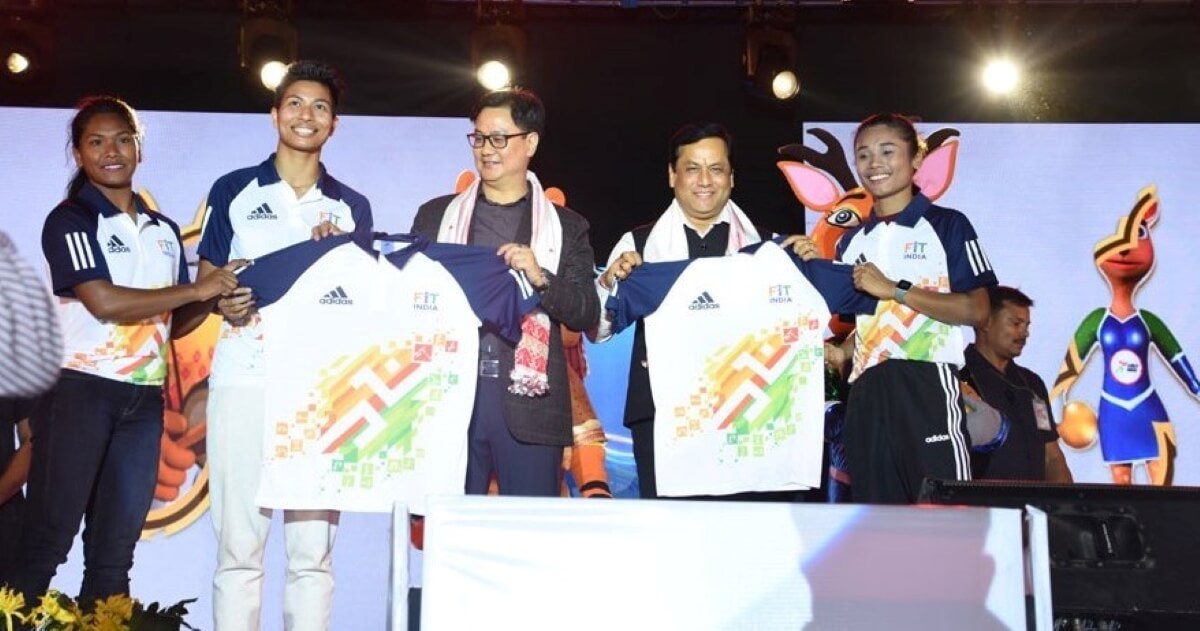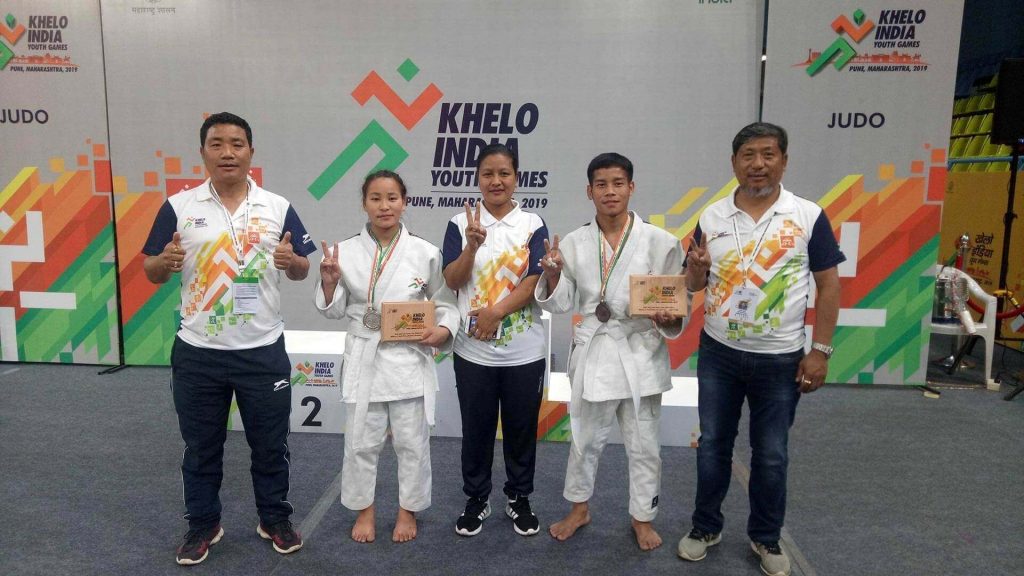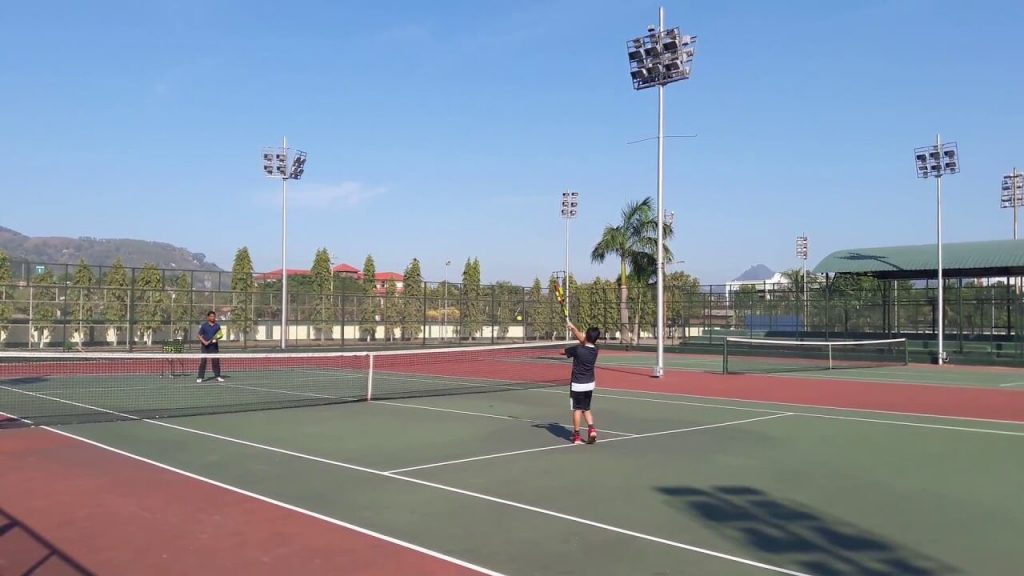Featured
Khelo India: Developing sports infrastructure is the primary objective

Recently, the Department related Parliamentary Standing Committee on HRD released its report on the Khelo India Scheme. Amongst others, it laid emphasis on the sports infrastructure projects in states.
The Central Government is aiding sports infrastructure projects in different states under its flagship Khelo India Programme. At the outset, it is important here to note that since sports is a state subject, the responsibility of developing sports infrastructure rests with the State Governments and the Central role is to supplement the state efforts by bridging the gap.
The Khelo India scheme was launched by the Ministry of Youth Affairs and Sports in the year 2016- 17 and it was revamped as Khelo India-National Programme for development of Sports which is being implemented from 2017-18 for a period of 3 years with a cumulative financial outlay for 3 years being Rs 1756 cr. Out of this, a total of Rs. 435 crore has been earmarked for the vertical- Utilization and Creation/Upgradation of sports infrastructure.
Utilisation and Creation/ Upgradation of Sports Infrastructure
This vertical has two sub-components - University Centres of Excellence Programme and Creation of Appropriate Sports Infrastructure Programme by providing Grants-in-aid to States or SAI to develop critical sports infrastructure or other infrastructure where there are gaps.
The clearance of projects under the scheme contains two parts. Firstly, a Project Appraisal Committee (PAC) shall appraise all proposals received under the scheme. At the second stage, a Departmental Project Approval Committee (DAPC) would give the final approval.
As per the operational guidelines released by the Ministry, both greenfield and brownfield projects could be undertaken where preference would be given to community participation, inclusivity, multi-use universal design principle, etc. A list of conditions is also provided where funding would not be provided. These include not meeting the eligibility or assessment criteria, non-submission of utilization certificates (UCs), routine/cyclical maintenance works, ongoing operational costs, a replacement for like services, etc.
Detailed guidelines are also provided for eligibility criteria for universities under the sub-component Centres of Excellence including staff availability, sports science labs, etc.
Besides, project approval is undertaken via a challenging method based on pre-defined Challenge parameters and scores. Only projects with score 75 and above are to be considered. States are divided into groups and the challenge is conducted among the states/UTs so grouped.
At this stage, it is important also to note that to support infrastructure, there may be a combination of verticals and cross-linkages under the scheme. Additionally, some other schemes might also supplement ongoing efforts. As an illustration, a total of 99 academies have been accredited under this scheme. However, we would now be focussing only on the vertical creation / upgradation of sports infrastructure.
Data Analysis From This Vertical
A look at the numbers for 2018-19 from the statements laid by the Ministry in the Lok Sabha shows that the top 4 states which have received the maximum funding under this vertical are UP(Rs 43.43 crores), Arunachal Pradesh (Rs 39.50 crores), Maharashtra (Rs 19.87 Crores) and Manipur (Rs 19.15 Crores). That two states from the northeast are among the top four is itself a positive development.
However, the amount released by the Central Government has to be effectively utilized by the State Government. Glancing through the numbers for 2017-18 (since such data for 2018-19 is not available), the amount of UCs (Utilization Certificates) pending is the largest for Arunachal Pradesh where a whopping Rs. 13 crores were not utilized out of the allocated Rs 15.25 crore. Shocking also is that for the states of Telangana & Gujarat, UCs are pending for 100% of the released funds of Rs Rs. 6.5 crores and 5.5 crores respectively. Besides, the states of Rajasthan and Karnataka have also not utilized Rs. 7.5 crores and Rs. 6.75 crores respectively.
Further, it is perturbing that no funds have been released for 2018-19 or 2019-20(as of 31.10.2019) for the states of Bihar, Chhattisgarh, Goa, Jharkhand, Meghalaya, Telangana, Tripura and all of the UTs other than Puducherry. However, the responsibility for this is definitely solely not in centre. The state governments cannot also be absolved from this. For example, the state of Bihar had been sanctioned one sports infrastructure project in 2018-19 which was a Multipurpose Indoor Hall at Nawada.
However, as per the statement was given by Centre, funds could not be transferred due to the nonfulfilment of the electronic payment system compliances by the Bihar State Sports Authority! Similarly, for the state of Chhattisgarh, 100% of the released fund of Rs 2.5 crore had remained unutilized for the year 2017-18. Besides, for the state of Jharkhand, only 2 proposals were submitted by the state government out of which one project had already been sanctioned by the Centre earlier.
Having looked at the funds through their numbers as tabled in the Parliament, let us now look also at the recently released report of Department related Parliamentary Standing committee on HRD relating to the Khelo India scheme.

Parliamentary Report on Khelo India
The report noted from the submissions by the Secretary that 168 new projects have been sanctioned for Rs. 1143.33 crores out of which Rs. 585.75 crores have already been released. 10 projects have been completed and 80 were nearing completion.
On the vertical of creation and utilisation / upgradation of infrastructure, the report notes that 66 new sports infrastructure projects were sanctioned between 1.1.2018 to 31.3.2019. A total of Rs 276 crores has already been released under this vertical including the committed liabilities under the erstwhile Urban Sports Infrastructure Scheme (USIS). The report, however, highlighted various gaps in the implementation of the scheme.
Firstly, it noted that though the allocated funds have remained underutilized, the department has sought to increase its budget. The funds have also been diverted for non-sports expenditure. Secondly, there is a lack of uniformity of released funds for different states. States like Bihar, Jharkhand, Chhattisgarh, etc have not received the required funds.
Having noted the various concerns, the report goes on to suggest its own recommendations. On the broad scheme as a whole, the report suggests that an eminent sportsperson or sports administrator be made Chief Executive Officer of the General Council of Khelo India scheme.
The committee also suggested that optimum utilization of available resources must take place and divesting of funds for non-sports related expenditure (read Rs 125 crore re-appropriated from Khelo India scheme to implement an arbitration award) is totally uncalled for.
Also, the Ministry must focus on states like Bihar, Jharkhand, Chhattisgarh, Odisha and Tamil Nadu to cater to the tribal areas. Besides, the committee also recommended public-private partnership and setting up of Model Residential Sports Schools or Centres of Excellence in each district.

Looking ahead!
Having looked at both the answers and report tabled in Parliament, we see that there are multiple challenges including non-uniform development across states, Central release of funds, Lack of proper proposals by the states, lack of utilization of sanctioned funds by the states and most importantly, the lack of coordinated approach between the centre and the states.
It is, therefore, time for certain reforms. The challenge method based on a grouping of states needs to be relooked and revamped to attain parity in sports infrastructure development across states. Further, the future course of action should be centre-state-corporate cooperation. Time has also now come that the state governments are also made accountable for the proposals they send, the approved projects and effective utilization of released funds. A time-bound monitoring mechanism is the need of the hour.
Indian sports is at a very critical juncture. Therefore, it is of utmost importance that backend support of infrastructure is provided to the athletes. A cooperative federalism approach to Indian sports is the only way forward.
The article was first published on the author's personal blog SportyLaw.






